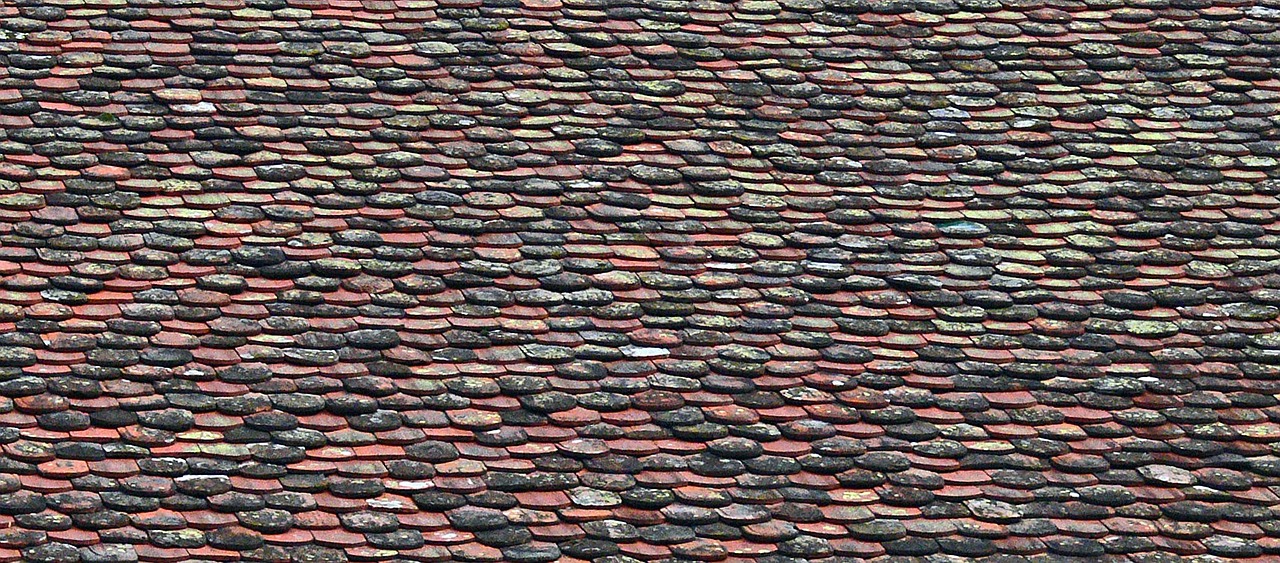Professional home owners understand the importance of regularly inspecting their house roofs for signs of damage or deterioration. By identifying these signs early on, you can avoid costly repairs and ensure the safety and comfort of your home. In this article, we will explore some key indicators that may suggest your house roof is in need of replacement. Familiarizing yourself with these signs will enable you to take proactive measures and make informed decisions about the maintenance and longevity of your roof. Stay tuned to learn more about how to recognize when it’s time to replace your house roof.
Signs That Your House Roof Needs Replacement
Maintaining the integrity of your roof is crucial for the overall well-being of your home. Over time, roofs can deteriorate due to various factors such as age, weather conditions, and lack of maintenance. It is essential to be vigilant and look out for signs that indicate your roof may need replacement. By identifying these signs early on, you can prevent significant damage to your home and save yourself from costly repairs. In this article, we will explore ten key signs that your house roof needs replacement, providing you with valuable information to help you make informed decisions about your roof’s maintenance and repair.
1. Age of the Roof
The age of your roof is an essential factor to consider when determining if it needs replacement. Most roofs have a lifespan of 20 to 25 years, depending on the materials used and the quality of installation. As your roof reaches or exceeds this age range, it becomes more susceptible to wear and tear. Signs of an aging roof may include curling shingles, disintegration of granules, and more frequent leaks. If your roof is nearing or has exceeded its lifespan, it is advisable to consult with a professional roofing contractor to assess its condition and recommend necessary actions.
2. Visible Shingle Damage
Shingles play a crucial role in protecting your roof from external elements. Regularly inspecting your shingles for visible damage is crucial in determining whether a replacement is required. Shingles can suffer from various types of damage, such as cracks, splits, blistering, or even complete loss of granules. These damages may occur due to exposure to harsh weather conditions, impact from falling debris, or insufficient installation. If you notice any visible shingle damage, it is important to address the issue promptly to prevent further deterioration and potential leakage.

This image is property of pixabay.com.
3. Missing Shingles
Missing shingles are a clear indication that your roof needs attention. Whether they are blown away by heavy winds, damaged by harsh weather, or simply worn out over time, missing shingles compromise the overall effectiveness of your roof. Not only do missing shingles expose your roof to potential leaks and moisture damage, but they can also affect the aesthetic appeal of your home. Any time you notice shingles that have gone astray, it is advisable to have them replaced immediately to maintain the structural integrity of your roof.
4. Curling or Buckling Shingles
Curling or buckling shingles are another sign that your roof is in need of replacement. When shingles curl, they lose their ability to provide effective weather protection, as gaps are created that allow water to seep through. Buckled shingles, on the other hand, are often the result of improper installation or excessive heat exposure, leading to the roof’s structural instability. Both curling and buckling shingles compromise the functionality of your roof, making it susceptible to leaks and further damage. If you notice shingles that exhibit these signs, it is essential to consult with a roofing professional to assess the situation and recommend appropriate actions.

This image is property of pixabay.com.
5. Granule Loss
Asphalt shingles are coated with granules that protect the roof from harmful ultraviolet (UV) rays and provide fire resistance. Over time, these granules can deteriorate or become dislodged, leading to granule loss. If you notice an excessive accumulation of granules in your gutters or downspouts, it may indicate that your roof is at the end of its lifespan and needs replacement. Granule loss can accelerate the aging process of your roof and expose it to potential leaks and damage. Therefore, it is crucial to address this issue promptly to ensure the continued protection and longevity of your roof.
6. Roof Leaks
One of the most evident signs that your roof needs replacement is the presence of roof leaks. Leaks can occur due to various reasons, including damaged or deteriorated shingles, flashing issues, or even structural weaknesses. If you notice water stains on your ceilings or walls, damp spots, or visible signs of water infiltration in your attic, it is crucial to address the issue promptly. Ignoring roof leaks can lead to extensive water damage, mold growth, and structural issues, which can be both costly and hazardous. Consulting with a roofing professional is crucial to identify the source of the leak and determine whether a roof replacement is necessary.
7. Sagging Roof Deck
A sagging roof deck is a severe issue that requires immediate attention and potential replacement. A sagging roof may be indicative of structural damage or an underlying problem with the roofing materials. It commonly occurs when the roof’s supporting structure, such as the rafters or trusses, begins to deteriorate or fails to bear the weight of the roofing materials adequately. If you notice any noticeable sagging or dipping in your roof’s surface, it is imperative to contact a roofing professional immediately. This will help prevent further damage to your home and ensure the safety of its occupants.
8. Mold or Algae Growth
The presence of mold or algae growth on your roof is not only an aesthetic concern but also a sign of a potential underlying issue. Mold and algae thrive in environments with excess moisture, often caused by inadequate ventilation or excessive moisture accumulation on the roof’s surface. If left unattended, mold and algae can gradually deteriorate the structure of your roof, leading to leaks and compromising the overall integrity of your home. If you notice any signs of mold or algae growth, it is essential to address the issue promptly and consult with a roofing professional to prevent further damage.
9. High Energy Bills
While energy bills can be influenced by various factors, such as seasonal changes or inefficient appliances, a sudden and significant increase in energy consumption may be linked to your roof’s condition. If your roof has poor insulation or ventilation, it can allow heat to escape during winter months or penetrate your home during the summer, leading to increased energy usage to maintain a comfortable indoor temperature. If you notice a sudden rise in your energy bills and have ruled out other potential causes, it is advisable to have your roof inspected by a professional. They can assess if poor insulation or ventilation is the culprit and provide recommendations for necessary repairs or replacement.
10. Roof Valleys
Roof valleys are areas where two sloping roof sections meet, forming a V-shape. These valleys are prone to excessive wear and tear as they are vulnerable to high volumes of water flow during rainfall. If your roof valleys exhibit signs of damage, deterioration, or leakage, it is crucial to act promptly to prevent further water damage to your home. Ignoring issues in these areas can lead to water penetration, structural damage, and potential mold growth. Regularly inspecting and maintaining your roof valleys, as well as seeking professional advice when needed, is essential to ensure the longevity and effectiveness of your roof.
In conclusion, recognizing the signs that your house roof needs replacement is crucial for maintaining the structural integrity and longevity of your home. By paying attention to the age of your roof, visible shingle damage, missing shingles, curling or buckling shingles, granule loss, roof leaks, sagging roof deck, mold or algae growth, high energy bills, and roof valleys, you can proactively address issues before they escalate into more significant and costly problems. Regular roof inspections and timely repairs or replacements are key to ensuring a secure and dependable roof that will protect your home and your investment for years to come.
